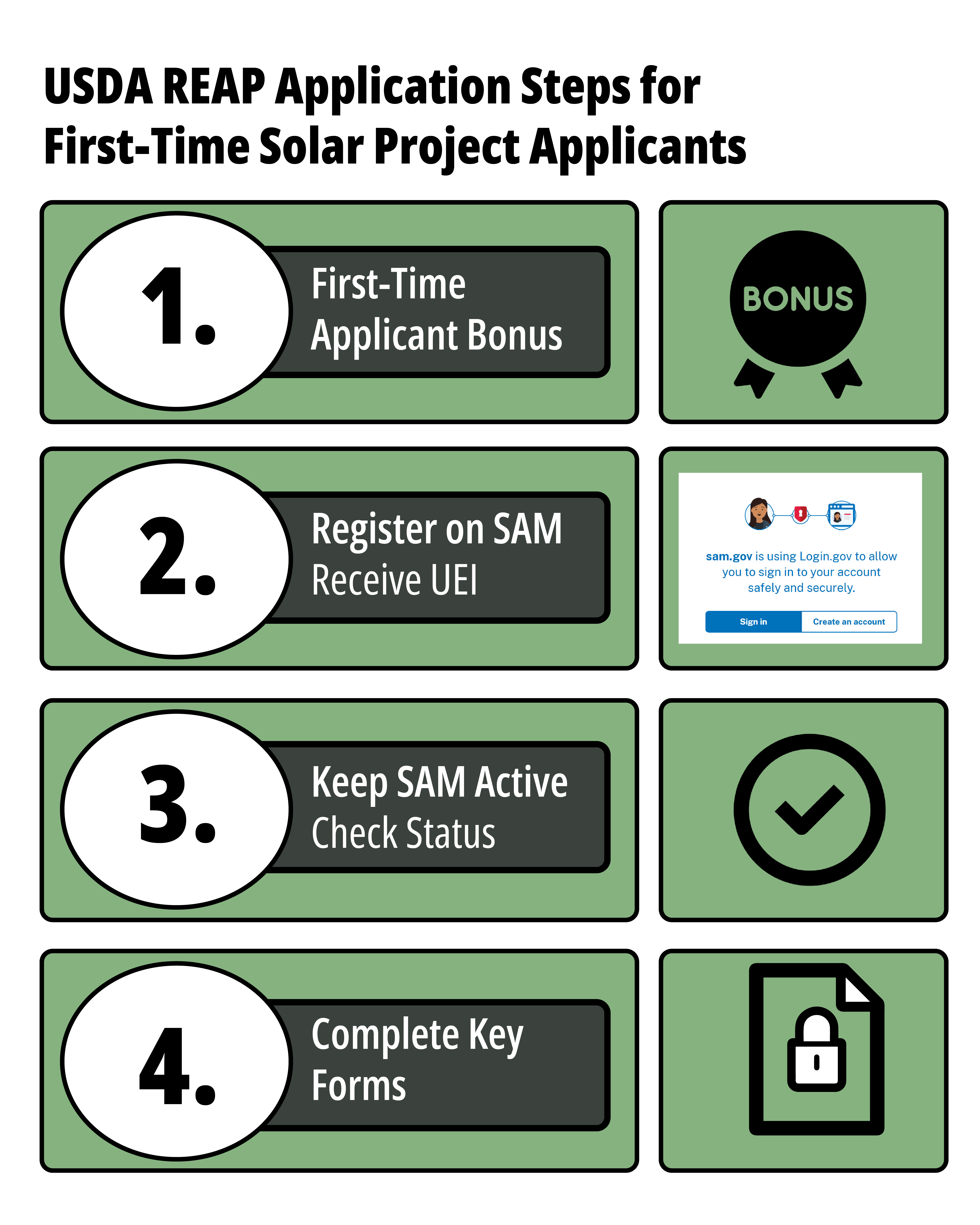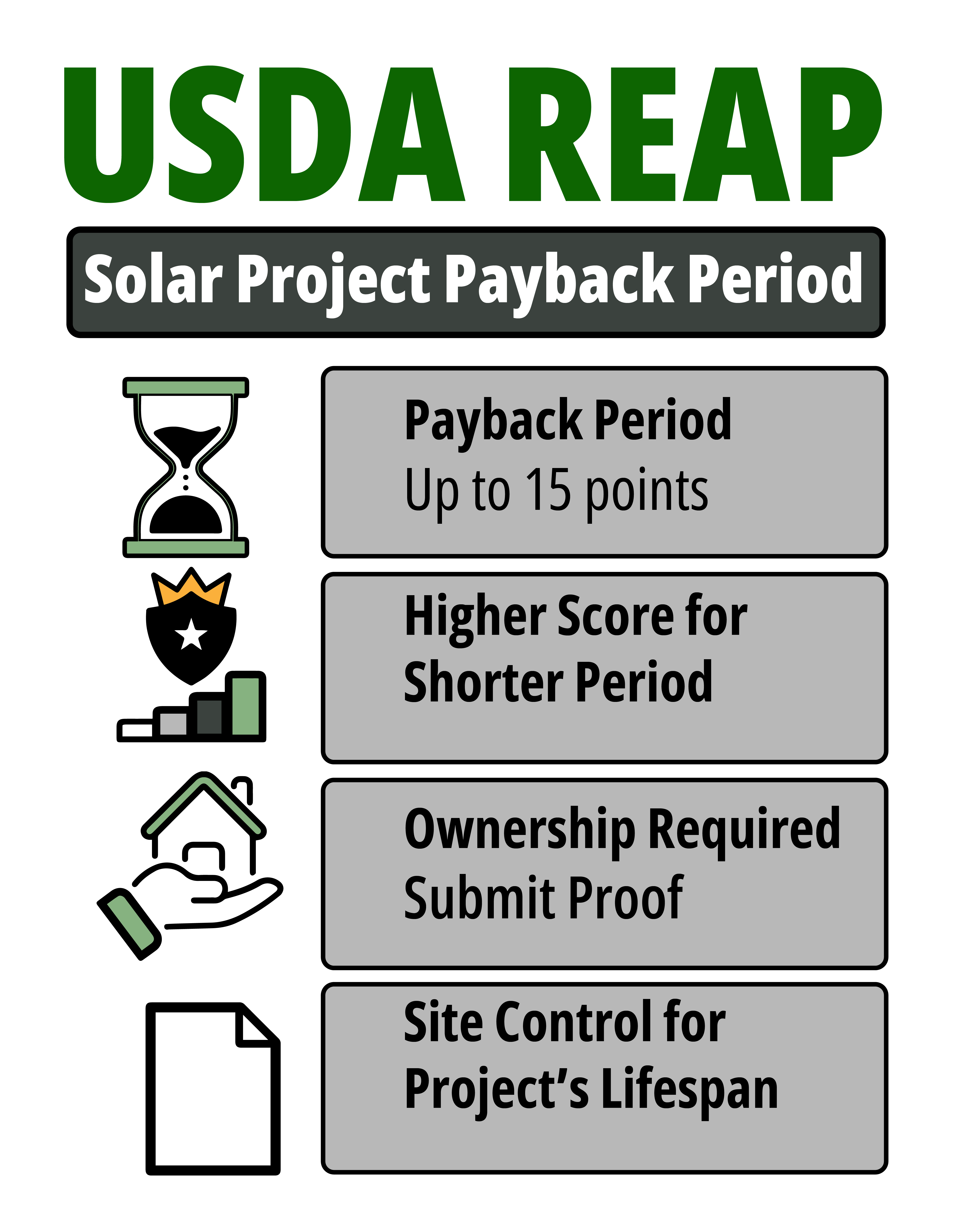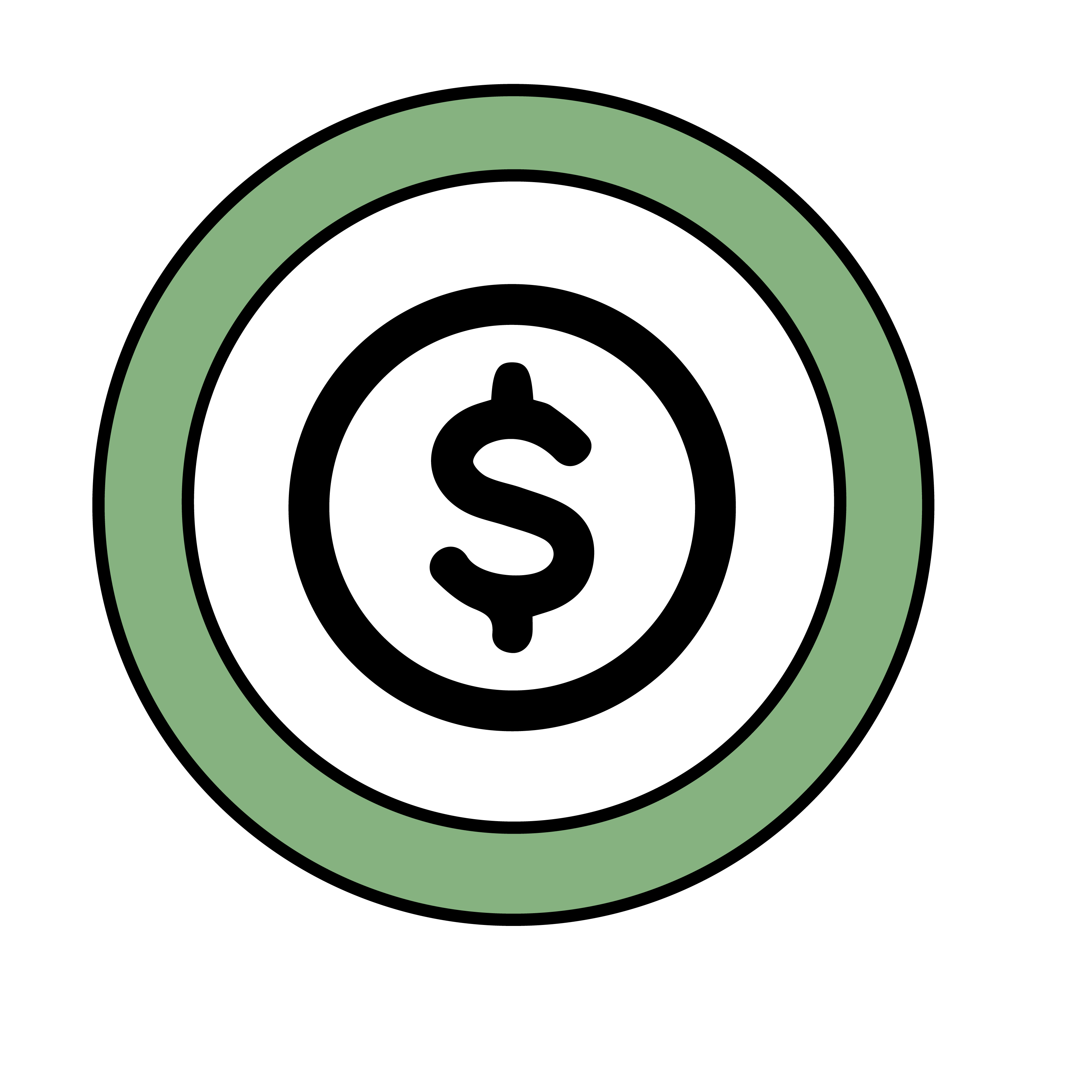At Advanced Energy Systems, we’ve successfully helped businesses navigate the USDA REAP program for rural solar projects while delivering high-performance solar energy solutions. A prime example of our expertise is the 309 kW solar electric system we completed for Stoller Winery in 2016. This cutting-edge installation features 944 SunPower 327-watt modules paired with a Solectria SGI 250 inverter, designed to maximize efficiency and durability.
This system generates an impressive 344,842 kWh in its first year and is projected to produce over 11,725,000 kWh over its lifetime, offsetting more than 161,000 tons of CO2 emissions. Projects like this not only showcase the environmental impact of solar energy but also demonstrate how REAP grants can make these ambitious goals achievable.
Solar power has never been more accessible or efficient, and the USDA REAP program for rural solar projects is a key initiative driving this transformation. With the costs of photovoltaic cell panels and storage batteries falling dramatically in the last decade and renewable energy incentives growing at all levels of government, rural areas now have unprecedented opportunities to benefit from solar energy solutions. Programs like REAP are helping spread renewable energy resources beyond single-family rooftops to broader rural communities.
The United States Department of Agriculture (USDA) introduced the USDA REAP program for rural solar projects as part of the Biden administration’s Inflation Reduction Act. REAP offers a $145 million funding pool to support renewable energy initiatives in eligible rural areas across the country, offering grants of up to $500,000 and loans up to $1 million. Combined funding may cover up to 75% of a project’s cost, creating valuable opportunities for rural small businesses and agricultural producers.
While REAP’s project criteria are specific, the potential rewards are substantial. Eligibility is determined by the USDA in collaboration with the Small Business Administration (SBA), using business activities to assess qualification. With REAP, seven essential steps stand between prospective applicants and access to federal funds that support America’s renewable energy future.
Step 1: Assessing Your Solar Project’s Energy Generation Potential
How much energy will your solar project generate, save, or replace? Projects with higher energy output in the USDA REAP program for rural solar initiatives often earn more points on the application. Up to 25 points—representing one-quarter of the USDA project scorecard—are devoted solely to the projected energy generation of your system, which does not necessarily correlate to project cost.
Whether you’re applying for a Renewable Energy System (REI) or an Energy-Efficient Improvement (EEI), REAP applicants must detail technical specifications and include vendor certifications to ensure feasibility relative to the requested grant or loan size. Further information is available through the USDA.
Applicants should apply for REAP grants only after determining project costs and design specifications before beginning any construction on the site. The USDA will only reimburse verified project costs after the application has been fully submitted and an award letter has been received.

Step 2: Registering for Your USDA REAP Grant or Loan
.
Have you submitted a project to the USDA’s REAP program for rural solar projects before? If not, congratulations—first-time applicants automatically earn an additional 15 points toward their REAP solar project score! While the USDA allows multiple applications, the agency prioritizes equitable distribution of REAP resources.
To unlock these 15 points, applicants must register with the federal government to receive federal funds through the System for Award Management (SAM). SAM is a free platform that grants private and nonprofit entities access to federal programs. Upon registration, applicants receive a Universal Entity Identifier (UEI), a unique identification number that the USDA uses to track REAP applications. Note: SAM registrations can deactivate over time, so make sure your registration is active when applying for REAP funds.
Prospective applicants must also complete key forms on the Grants.gov portal, including SF-424 (Application for Federal Assistance), SF-424C (Budget Information for Construction Programs), and SF-424D (Assurances for Construction Programs). These forms connect your project’s construction details to federal funding and are required for all REAP applicants.

Step 3: Maximizing Return on Investment for Your USDA REAP Solar Project
When will your solar project’s financial benefits fully offset its total costs? The USDA’s REAP program for rural solar projects places a high value on this “payback period”—it’s worth up to 15 points in the REAP scoring system. A shorter payback period typically earns a higher score.
To ensure a sustainable return on investment, the USDA requires REAP awardees to own the project and have ownership or control of the project site for the project’s full lifespan. Proof of ownership must be submitted with the initial application, establishing a clear link between the applicant and the project site.
For those looking to optimize solar ROI further, exploring local incentives is key. Learn more about Oregon Rebates for Solar Batteries to reduce costs and improve efficiency.

Step 4: Boosting Renewable Energy in Disadvantaged and Distressed Communities through USDA REAP

Distressed Community Index (DCI)
|
Distressed Communities are communities where their economic well being is significantly lower than other communities. To measure RD investments in Distressed Communities, RD utilizes the Distressed Communities Index (DCI) developed by the Economic Innovation Group (EIG), which combines seven publicly-available metrics* to assess the economic well-being of communities. Each community (available at the county, and zip code levels) are given an index score between 1-100 based on these seven measures:
Distressed Communities are defined as those with index scores over 80. Climate and Environmental Justice 40 Disadvantaged The Justice40 Initiative seeks to deliver 40% of the overall benefits of certain Federal investments to disadvantaged communities. These investments relate to seven areas: climate change; clean energy and energy efficiency; clean transit; affordable and sustainable housing; the remediation and reduction of legacy pollution; the development of critical clean water and wastewater infrastructure; and training and workforce development.
Energy Community – Not currently provided in mapping tool As defined in the Inflation Reduction Act (IRA), the Energy Community Tax Credit Bonus applies a bonus of up to 10% (for production tax credits) or 10 percentage points (for investment tax credits) for projects, facilities, and technologies located in energy communities. Increased credit amounts or rates are available to taxpayers that satisfy certain energy community requirements under Section 45, 48, 45Y, or 48E of the Internal Revenue Code. The IRA defines energy communities as: 1. A “brownfield site” (as defined in certain subparagraphs of the Comprehensive Environmental Response, Compensation, and Liability Act of 1980 (CERCLA)) 2. A “metropolitan statistical area” or “non-metropolitan statistical area” that has (or had at any time after 2009) · 0.17% or greater direct employment or 25% or greater local tax revenues related to the extraction, processing, transport, or storage of coal, oil, or natural gas; and · has an unemployment rate at or above the national average unemployment rate for the previous year 3. A census tract (or directly adjoining census tract) · in which a coal mine has closed after 1999; or · in which a coal-fired electric generating unit has been retired after 2009 |
Step 5: Securing Matching Funds for Your USDA REAP Solar Project
How much investment are you willing to make in your solar project? The USDA’s REAP program for rural solar projects incentivizes applicants to secure matching funds as a sign of commitment, awarding up to 10 points on REAP applications based on the amount of matched funding. This approach ensures that applicants are serious about moving their projects forward.
To prove matching funds, applicants may submit bank statements, lines of credit, or loan documentation from an approved lender. Most lenders can clarify REAP loan eligibility for matching funds; however, applicants can also contact the USDA with specific questions.
Remember that REAP grants are reimbursable and require proof of project completion and payment before funds are disbursed. In addition to a successful application and award notification, evidence of project completion must be presented to the USDA.

Step 6: Demonstrating Environmental Impact for USDA REAP Solar Project Approval
Environmental responsibility is a core focus of the USDA REAP program for rural solar projects. As part of the application, applicants must complete form 4280-3 to outline their project’s impact on five key areas: farmland preservation, forest conservation or fire hazard reduction, water conservation, compliance with EPA renewable fuel standards, and biomass utilization.
Applicants should provide specific data for each category. For example, if the project will not affect existing farmland, stating that “zero acres will be disturbed” positively impacts the application score. The USDA awards up to 10 points for projects with significant positive environmental impacts.
Applicants must complete the correct version of form 4280-3 based on the project’s cost: 4280-3A for projects under $80,000, 4280-3B for projects between $80,000 and $200,000, or 4280-3C for projects over $200,000. Additionally, an environmental report may be required to provide a comprehensive understanding of the project’s environmental footprint.
Projects exceeding $200,000 also require additional business documentation. Business entities must submit three years of historical balance sheets and income statements, a current income statement, and two years of pro-forma financial statements. The USDA requires this documentation for all businesses under the REAP applicant’s control; incomplete submissions may result in application denial.
Initial Preparation
- Conducting an energy audit or assessment (required for Energy Efficiency Improvement projects).
- Gathering 12 months of utility bills, financial statements, and project quotes.
- Registering with the System for Award Management (SAM) to obtain a Unique Entity Identifier (UEI).

Step 7: Connecting with Your USDA State Coordinator for REAP Success
In tailoring the REAP program to meet diverse energy needs, the USDA recognized that each state has unique energy challenges. For this reason, applications submitted through the USDA’s REAP program for rural solar projects are assessed both on a national level and in the context of other applications from the same state. Projects can earn up to 10 points based on their strength compared to other local submissions.
Prospective applicants are encouraged to schedule a meeting with their USDA state coordinator early in the process. State coordinators can provide initial feedback, suggest improvements, and help make applications more competitive. However, please note that a REAP application should be submitted before approaching any potential lenders.
For projects aimed at Energy Efficiency Improvements, the USDA requires an energy audit. In Oregon, for example, the Oregon Department of Energy (ODOE) offers an energy audit program that helps applicants meet REAP requirements at a reduced cost. The ODOE requests prospective applicants to complete an initial form to initiate the energy audit process.

Recent USDA REAP Success Stories in Oregon
The USDA recently announced nearly $1.5 million in funding through its Rural Energy for America Program (REAP) to support renewable energy projects for small businesses and agricultural producers in Oregon. One notable recipient is Praying Mantis Farm, located in Canby, Clackamas County, which was awarded a $26,760 grant to install a roof-mounted solar array.
This innovative solar system is designed to replace 100% of the farm’s energy use with renewable electricity, helping the business save over $3,600 annually on energy costs. Projects like this highlight the USDA’s dedication to empowering rural businesses to reduce energy expenses while adopting sustainable practices.
The success of Praying Mantis Farm demonstrates how REAP grants not only support local agriculture but also contribute to broader renewable energy goals in rural communities. By transitioning to solar power, businesses like this can achieve long-term financial savings and a reduced carbon footprint, setting an example for others to follow.
For more information about Praying Mantis Farm’s project and other initiatives funded by REAP, visit the USDA’s official news release: USDA REAP Renewable Energy Projects.
Deadlines and Timing for USDA REAP Grant Applications [Last Updated: November 2024]
Day(s)
:
Hour(s)
:
Minute(s)
:
Second(s)
The USDA’s Rural Energy for America Program (REAP) has quarterly submission windows, making it essential to act promptly to maximize funding opportunities. For Fiscal Year 2025, the next application deadlines are:
- December 31, 2024
- March 31, 2025
Submitting your application as early as possible can enhance your chances of approval. If an application isn’t approved in one quarter, it will automatically be reconsidered in the following quarter within the same fiscal year, giving applicants multiple opportunities for funding. Check out the USDA’s latest REAP Grant Program details for more information.
Choosing the right partner
Choosing the right partner for your USDA REAP program for rural solar projects is critical to ensure successful project outcomes. Here are key factors to consider:



- Cost Effectiveness: Cost is a major factor in the REAP scoring criteria, so it’s essential to work with a partner that offers cost-effective solutions without compromising quality. Select a vendor or installer who provides competitive pricing to strengthen your application.
- Maximizing Benefits: To maximize both your chances of receiving a REAP Grant and the benefits of your project, look for a partner who can help you explore all possible options. Ideally, this should include combining energy efficiency improvements with renewable energy solutions to achieve the highest possible savings and environmental impact.
- Experience and Expertise: The qualifications and track record of your vendor or installer are essential to the success of your REAP project. Review their credentials and verify that they have experience with similar projects, as well as the technical expertise to design and implement your solar or efficiency improvements
Understanding the Time Commitment for a USDA REAP Grant Application
Applying for a REAP grant under the USDA’s REAP program for rural solar projects requires careful preparation and can take significant time. Here’s an overview of the key phases and the expected effort involved:
Initial Preparation
- Conducting an energy audit or assessment (required for Energy Efficiency Improvement projects).
- Gathering 12 months of utility bills, financial statements, and project quotes.
- Registering with the System for Award Management (SAM) to obtain a Unique Entity Identifier (UEI).
Application Documentation
- Completing required application forms: SF-424 (Application for Federal Assistance), SF-424C (Budget Information for Construction Programs), and SF-424D (Assurances for Construction Programs).
- Providing additional environmental impact documentation for projects over $200,000, as needed.
Submission and Review
- Submitting the application through the USDA’s online portal or by mail.
- The USDA reviews applications based on specific scoring criteria, a process that can take several weeks to months, depending on the application volume and project complexity.

Estimated Time Commitment and Support Options for USDA REAP Applications
The time required to complete a REAP grant application under the USDA’s REAP program for rural solar projects can vary based on the project’s complexity and the applicant’s experience with the process. Here is an estimated breakdown to help plan accordingly:
Preparation and Document Gathering
Applicants should expect to spend approximately 25 to 45 hours on gathering documents, completing forms, and preparing the application.
Assistance and Support
To streamline the process, many businesses seek support from consultants or grant writers specializing in REAP applications. These professionals can significantly reduce the time and effort needed by managing paperwork and ensuring all documentation is complete and accurate.
Advanced Energy Systems’ Support for Clients
At Advanced Energy Systems (AES), we understand that applying for a REAP grant can be complex. To better support our clients:
- No Fees for Customers: AES provides support during the application process at no additional cost.
- Liaison with Spark Northwest: Rather than handling the entire application internally, AES serves as a liaison to connect clients with Spark Northwest, a partner organization that offers free grant writing services to help streamline and enhance the application process.
Critical Services we Provide for Customers
Site Analysis
- Thorough Assessment: We conduct a detailed site analysis to evaluate your property’s suitability for renewable energy installations. This includes assessing sunlight exposure, roof condition, and electrical infrastructure to ensure optimal energy production.
- Customized Recommendations: Based on our findings, we provide tailored recommendations on the type and size of solar installation that best meets your energy needs and maximizes potential savings.
Project Quote
- Detailed Cost Estimate: We offer a comprehensive project quote that outlines the costs associated with the installation, including equipment, labor, and any additional expenses.
- Financial Projections: The quote also includes financial projections, such as estimated energy savings, return on investment, and potential grant funding through programs like the REAP grant.
About Spark Northwest:
Spark Northwest is a nonprofit organization that promotes clean energy solutions and empowers communities to achieve energy independence. It specializes in providing technical assistance and grant writing services, particularly focusing on rural and underserved communities. Its expertise includes helping small businesses and farmers navigate the complexities of renewable energy projects and secure funding through programs like the USDA REAP program for rural solar initiatives.
Our Process:
AES will continue offering expert guidance on preparing documents, conducting necessary assessments, and providing project quotes. This support will assist you in working effectively with Spark Northwest, ensuring all requirements are met and increasing the likelihood of a successful grant application.
Secure Your REAP Grant with AES, we’re here to help you navigate the REAP grant application process smoothly. Before we begin, we will need a few critical documents from you.
How to Submit Your Documents
To start your REAP grant application process with AES, please submit the following documents:
- Email Submission: Send scanned copies to info@aesrenew.com with the subject line: “REAP Grant Application Documents – AES.”
- Postal Mail: Mail copies to Advanced Energy Systems, Attn: REAP Grant Department, 65 Centennial Loop, Eugene, Oregon 97401.
Next Steps
Once we receive your documents, AES will review them and guide you through the remaining steps, allowing you to focus on your core business while Spark Northwest manages the grant writing. Secure your REAP grant today with AES and take the first step toward a sustainable future through the USDA REAP program for rural solar projects.

